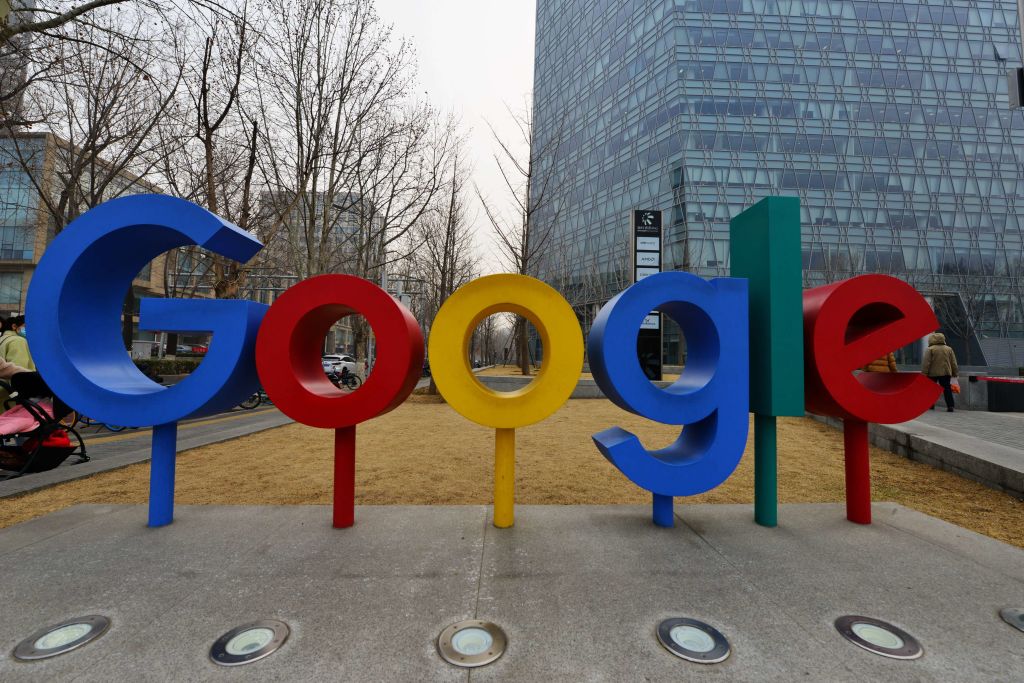CBA: Household Spending Intentions To Fall
The bank is seeing a post-COVID normalisation of consumer spending patterns.
The CommBank Household Spending Intentions Index fell by 3.8% in April after reaching record-high levels in March.
The dip comes as Australians pull back on home buying, health and fitness, and transport spending while opting to put their hard-earned towards travel, entertainment and retail sectors.
The biggest drop came in home buying, with spending falling 21.5% after gains in February and March and is 13.1% lower than in April last year.
Further falls were seen in the health and fitness sectors, dropping 14% however spending is still up 2.9% on last year. Transport spending fell by 8.6% due to the reduction in the petrol excise but remain 13.5% up on the last year.
With international borders reopened, travel spending reached a new record high in April – exceeding its pre-COVID peak by gaining 10.6% during the month and 41% on April 2021.
Local households are spending more on entertainment, rising 6% in April led by increased activity in concerts and theatres alongside eating and drinking out, yet remains 1.8% down on last year.
Commonwealth Bank of Australia Senior Economist, Belinda Allen, said the seasonal volatility of April data due to additional public holidays meant that year on year movements better reflected the state of the economy,
“With an interest rate hiking cycle now underway the Australian economy is in a strong position. We are seeing a post COVID normalisation of consumer spending patterns, with lower spending on categories that increased during lockdowns like health & fitness, while higher travel and entertainment spending reflects more people being out and about,” said Ms Allen.
“Households have accrued a very high level of savings during COVID, the labour market remains tight and wages growth is accelerating. These factors will assist families with higher mortgage repayments over coming months,” Ms Allen said.
This stylish family home combines a classic palette and finishes with a flexible floorplan
Just 55 minutes from Sydney, make this your creative getaway located in the majestic Hawkesbury region.
More than one fifth of Australians are cutting back on the number of people they socialise with
Australian social circles are shrinking as more people look for ways to keep a lid on spending, a new survey has found.
New research from Finder found more than one fifth of respondents had dropped a friend or reduced their social circle because they were unable to afford the same levels of social activity. The survey questioned 1,041 people about how increasing concerns about affordability were affecting their social lives. The results showed 6 percent had cut ties with a friend, 16 percent were going out with fewer people and 26 percent were going to fewer events.
Expensive events such as hens’ parties and weddings were among the activities people were looking to avoid, indicating younger people were those most feeling the brunt of cost of living pressures. According to Canstar, the average cost of a wedding in NSW was between $37,108 to $41,245 and marginally lower in Victoria at $36, 358 to $37,430.
But not all age groups are curbing their social circle. While the survey found that 10 percent of Gen Z respondents had cut off a friend, only 2 percent of Baby Boomers had done similar.
Money expert at Finder, Rebecca Pike, said many had no choice but to prioritise necessities like bills over discretionary activities.
“Unfortunately, for some, social activities have become a luxury they can no longer afford,” she said.
This stylish family home combines a classic palette and finishes with a flexible floorplan
Just 55 minutes from Sydney, make this your creative getaway located in the majestic Hawkesbury region.


















